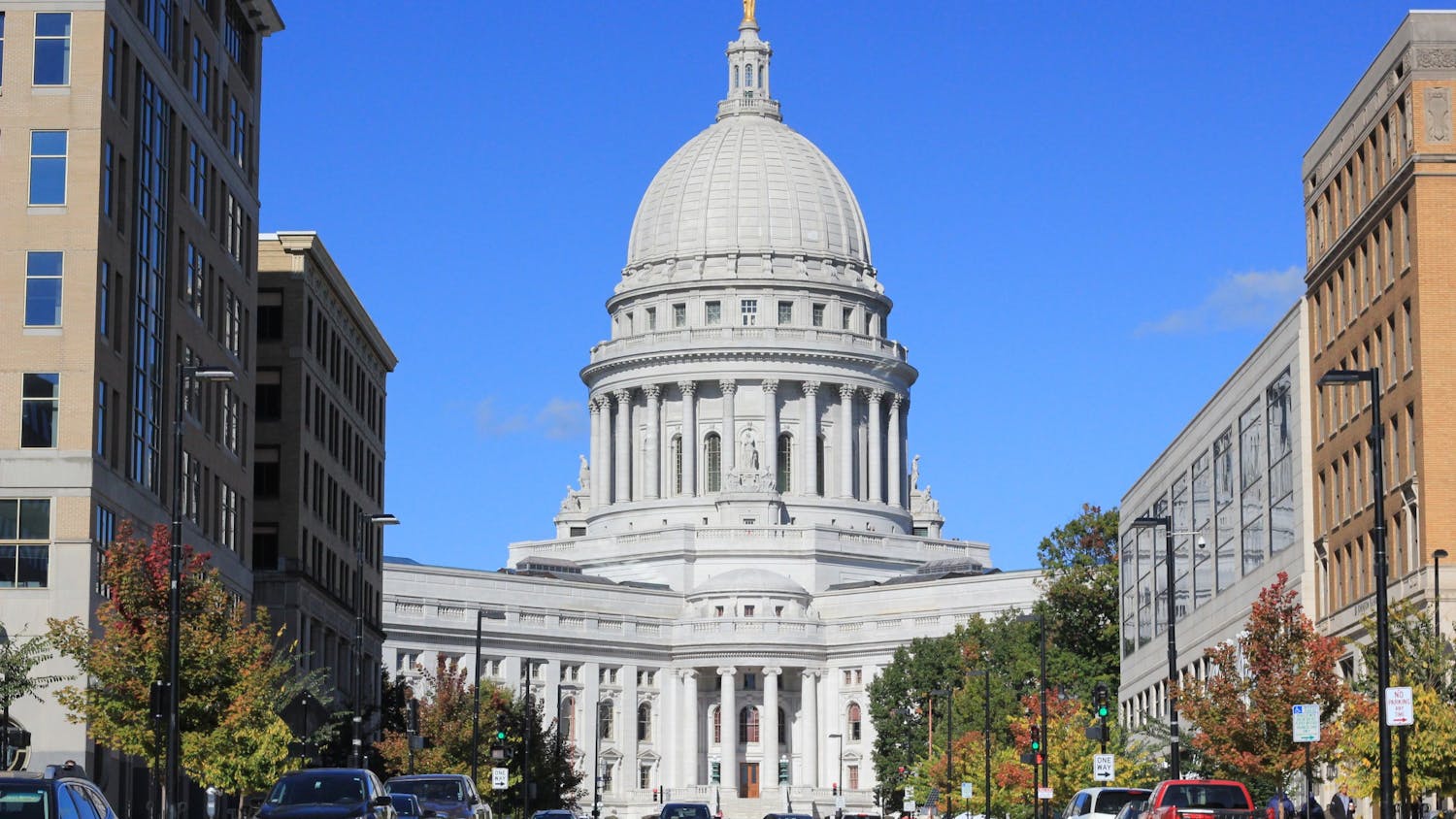During the summer and fall of 2013, Gretchen Schmelzer, a retired Door County school teacher, could often be found walking the beach at Baileys Harbor near her home in Sturgeon Bay, WI. She was part of Avian Monitoring for Botulism Lakeshore Events, or AMBLE, a network of hundreds of citizen scientists assembled by the USGS National Wildlife Health Center in 2010 to record data on bird die-offs caused by avian botulism in the Great Lakes.
Schmelzer was keeping track of the cormorants, loons, gulls, grebes and other shore birds that populated the beach during those months, and she recorded how their populations changed over the course of the season. She also observed changes in the weather, lake and beach conditions and plant growth from week to week.
“It was really about being aware of your surroundings and appreciating the beach in a way that I hadn’t seen it before,” she said.
The data Schmelzer collected is helping to answer a question that has haunted wildlife ecologists like Ben Zuckerberg, associate professor in the Department of Forest and Wildlife Ecology at UW-Madison, since the 1960s. Every fall, thousands of migratory and shore birds are fatally exposed to avian botulism along the coasts of the Great Lakes, and in recent years, the number and scope of those die-off incidents has been increasing. Karine Princé, a graduate student studying with Zuckerberg, published research Jan. 9 that may finally explain why.
Avian botulism, a sibling of the food-borne illness that can be deadly in humans, is caused by a bacteria that thrives in low-oxygen, nutrient rich conditions. The Lake Michigan shoreline is becoming an increasingly hospitable place for the bacteria to breed.
Zuckerberg attributes that phenomenon to larger algae blooms, and predicts that warming trends in the Great Lakes will only make those blooms bigger — putting more birds at risk of exposure.
“What we’re seeing is a combination of factors, that when combined with the warming effects of climate change, put these [bird] species at an elevated vulnerability,” Zuckerberg said.
Those factors, according to Zuckerberg, are increased agricultural runoff and the proliferation of invasive filter feeders. Both create ideal conditions for algae blooms, and both are linked to human activity.
Exotic filter feeders, like zebra and quagga mussels, remove particles from the water that would otherwise block sunlight from reaching deep underwater and fueling algae growth. Nutrient-rich agricultural runoff sustains those blooms once they happen. Zuckerberg is worried that a warming lake will only accelerate that growth process.
When the algae dies, it decomposes in extensive mats. The decomposition process depletes available oxygen in the water, creating an environment that is hostile for most fish, but friendly for botulism-causing bacteria.
Small cretaceous species become infected first, and the bacteria travels up the trophic levels; first to fish and then to the birds that prey on them or forage in contaminated water. The bacteria produces a neurotoxin that induces paralysis in both birds and fish, and usually leads to death by drowning. While most birds will not prey on dead fish, the paralyzed fish make easy catches, which widens the risk of avian exposure.
The most vulnerable birds are migratory waterfowl and shorebirds, including loons, cormorants, grebes and gulls. According to the Michigan Sea Grant, several species of fish are at risk as well.
“What we are concerned about are temperatures rising in the Great Lakes, because combined with these other things, they’ll result in even more unfavorable conditions for these birds,” Zuckerberg said.
While Zuckerberg and his team may have found the answers to the botulism mystery, implementing any kind of long term solution will be more complicated.
“Now we need to be asking ourselves what we can do on the ground—what tactics and strategies will reduce vulnerability for these species,” Zuckerberg said.
According to Zuckerberg, this groundwork begins with education and outreach. It starts, he said, by connecting local landowners and stakeholders to the resources they need to make informed and responsible decisions.
Citizen scientists will continue to play a valuable role in that process, he said, emphasizing the importance of the fieldwork the network has already contributed.
“Most of what we know about these trends is because of the bird watching done by the citizen scientists. They have been critical for documenting the impacts of climate change,” he said.
Schmelzer appreciates that value as well. In addition to collecting important data, she said that citizen scientists also become advocates.
“When you’re down on the beach with your gear making observations, people notice, and you form really interesting relationships with the property owners. Generally people are curious to know what’s going on,” she said. “The value of having people involved is that what will ultimately spread is a love of the land that will inspire people to take stewardship of it.”
Zuckerberg also believes it is time to begin a wider discussion on climate change, and to imagine ways to either mitigate or adapt to its impacts at a local level.
“There are a lot of different things we have got to start thinking and having conversations about in terms of basic conservation….We need to have a conversation about climate change,” Zuckerberg said. “The big thing is thinking as a society about how to mitigate these effects, and being conscious of what places we are transforming and how, and what species are going to be more vulnerable as a result.”






